If you’re looking for a versatile veg, beetroot is your crop of choice. Ranging from drinks and dips to salads or stews, it can be used in so many recipes. You can even eat it raw! Perfect if you want to maximise its impressive digestion and stamina boosting benefits. Easy to grow and producing a great yield, it’s no wonder why it’s so popular.
Get ready to harvest your own had of this root vegetable with the best tips for growing beetroots.
Varieties of Beetroot
Beetroots typically grow in a globe-like shape most people are familiar with. However, there are some varieties which grow into a long cylindrical shape. Some people even use the word beetroot to describe a rich blend of colour between red and purple. However, when it comes to beetroot as a vegetable, it, in fact, comes in an array of different colours. From white to orange, each variety comes with its own unique growing capabilities to suit different growing methods and environments.
Popular Beetroot Varieties to Try
Blankoma – A white variety of beetroots, which are surprisingly sweeter than their red and purple cousins! Grow these if you’re looking to try something different or if you simply want to avoid the classic beetroot stains.
Cylindria – Long and cylindrical in shape, these beetroots are rich in flavour and colour much like standard globe varieties. However, unlike round beetroots, Cylindiria cannot be grown in containers. Instead, they are best suited to veg patches and raised beds.
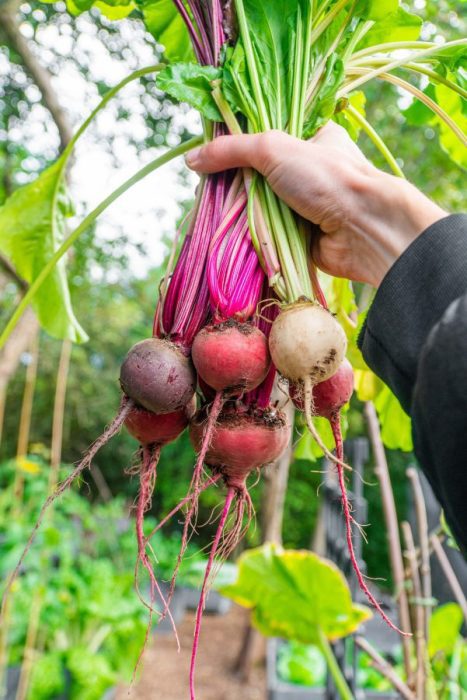
Boltardy – Bolting is a common issue when growing beetroots. However, for this variety, much like the name suggests, is the most resistant. Along with being resistant to other extreme conditions such as cold weather. Making them perfect for early sowing or late harvesting.
Chiogga – Chiogga is a vibrant variety is well known for its distinctive pinkish-red ring on its white beetroot flesh. A good choice if you’re looking to grow an aesthetic beetroot! Earthy in flavour, adding both a delicious and decorative element to salads.
Pablo – These beetroots are a professional grower’s choice. That’s a green light if you’re stuck on which type to grow. Pablo beetroots are great for growing baby beets and store very well throughout winter.
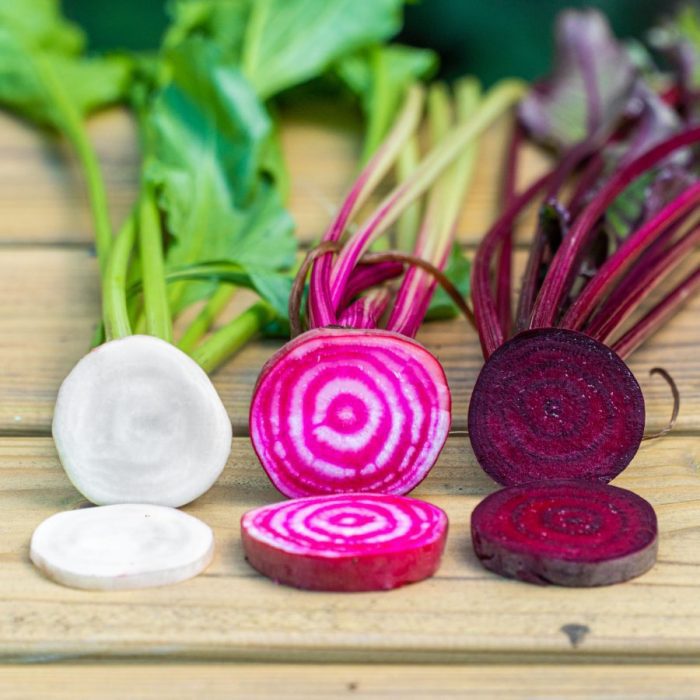
Sowing
For the best chance of germination, always use quality beetroot seeds. Seeds can be sown directly outdoors from March onwards, depending on weather conditions. We recommend sowing directly outdoors from late spring to take advantage of the ideal warmer conditions. Sow seeds successively during between March and early June to a consistent supply come harvesting season. Note that late summer sowings typically produce a smaller yield.
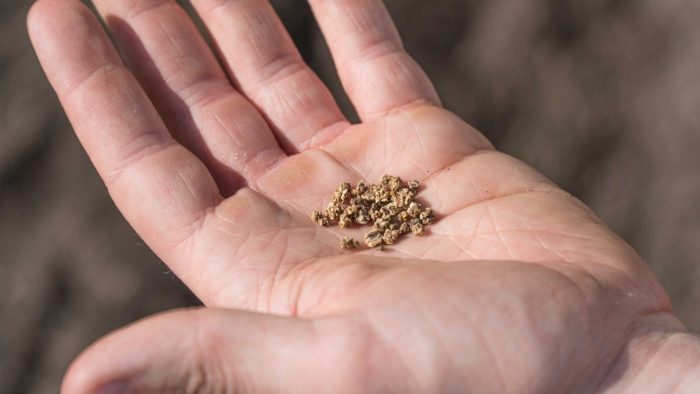
How to Sow Beetroots
Beetroots should be sown directly into their cropping location because they are not best suited to transplanting.
Outdoors – Sow in rows spacing the seeds roughly 4 inches apart and 1 inch deep. Also spacing each row of seeds 12 inches apart. This spacing reduces the need for thinning out. Growing beetroots in raised beds allow for better drainage and oxygen circulation for healthy root development.
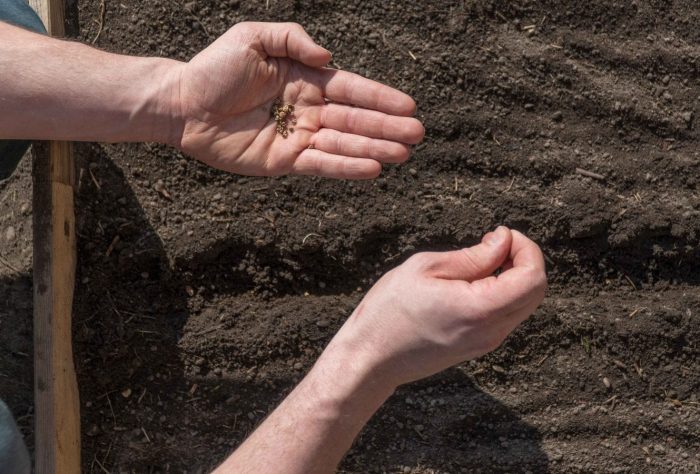
Growing
Beetroots should be grown in highly fertile soil with good drainage. Plants should be watered every 10 to 14 days with a nitrogen-rich fertiliser for a bigger crop. Dry spells or irregular water will stunt the beetroot’s growth and cause the flavour to become woody. Keep on top of weeding the growing area so crops aren’t competing for nutrients and to avoid root damage.
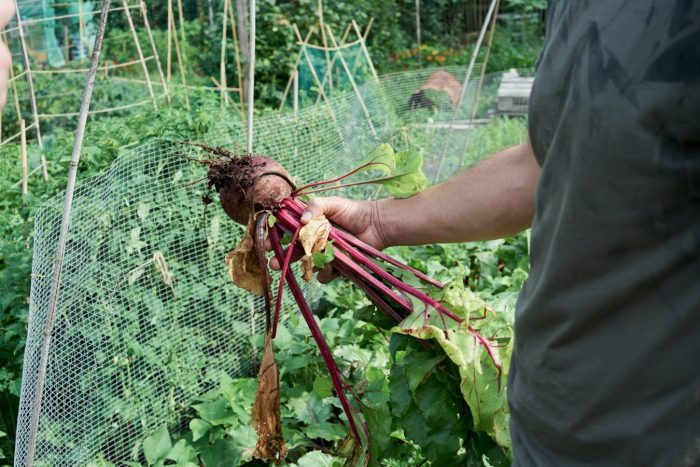
Harvesting
Harvesting time depends on the variety of beetroots grown. Round beetroots are typically ready to harvest after 8 to 10 weeks from sowing and should resemble the size of a golf ball. For a sweeter flavour, harvest beetroots while they are young. Cylindrical beetroots can take up to 20 weeks.
To harvest, use a hand fork to unearth the root form the soil while gently holding the tops and lifting. To remove the stem, twist it between your hands. This should prevent any damage, cuts or bruise to the vegetable that might cause its juice to leak.
Beetroots can be stored in moist sandboxes. Ideally in a cool, dark, frost-free place.

Troubleshooting
As mentioned before, bolting is a common issue for beetroot crops. It happens when plants decided to flower and set seed before root development has occurred. It can be caused by dry spells, infertile soil and early sowing. To avoid bolting, sow seeds according to instructions, keep plants well-watered and consider growing bolt-resistant varieties.

 Call us on 01246 240880
Call us on 01246 240880 Free 48hr Delivery
Free 48hr Delivery Sign-up and receive 10% off
Sign-up and receive 10% off